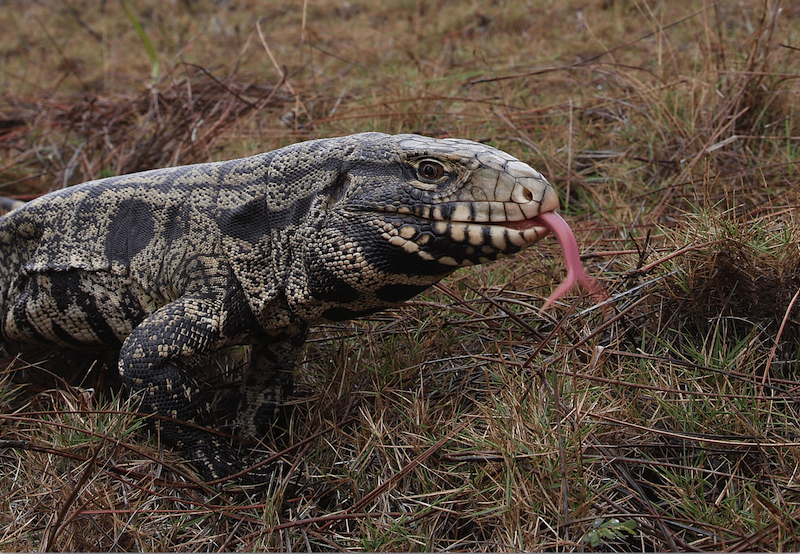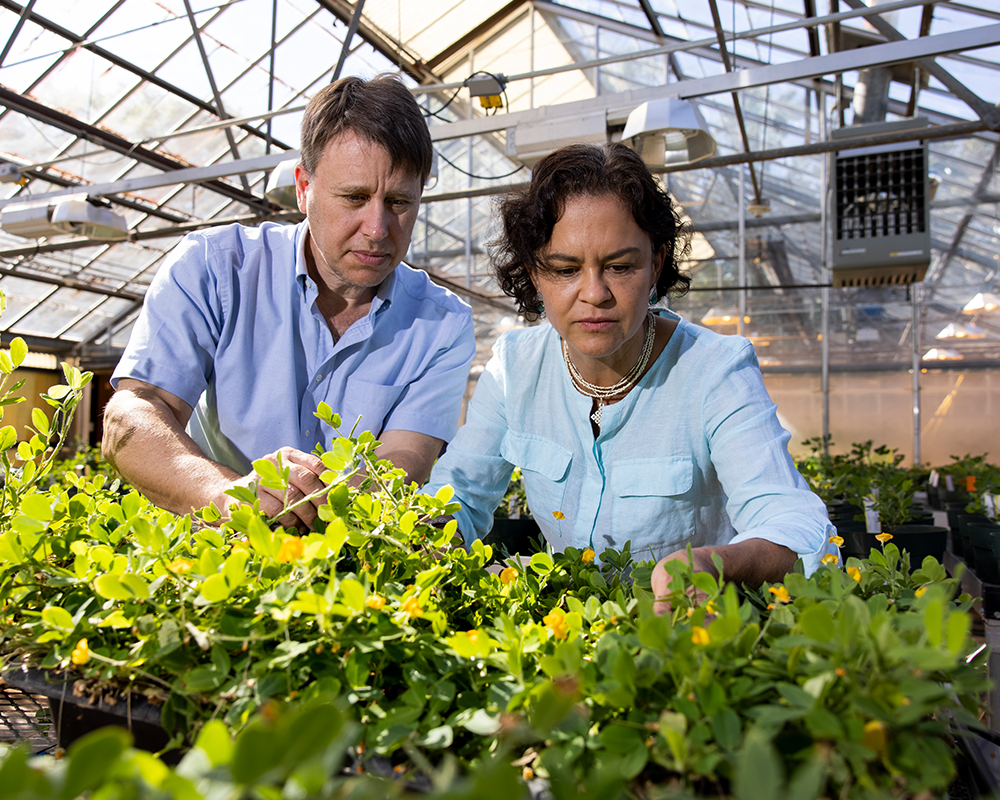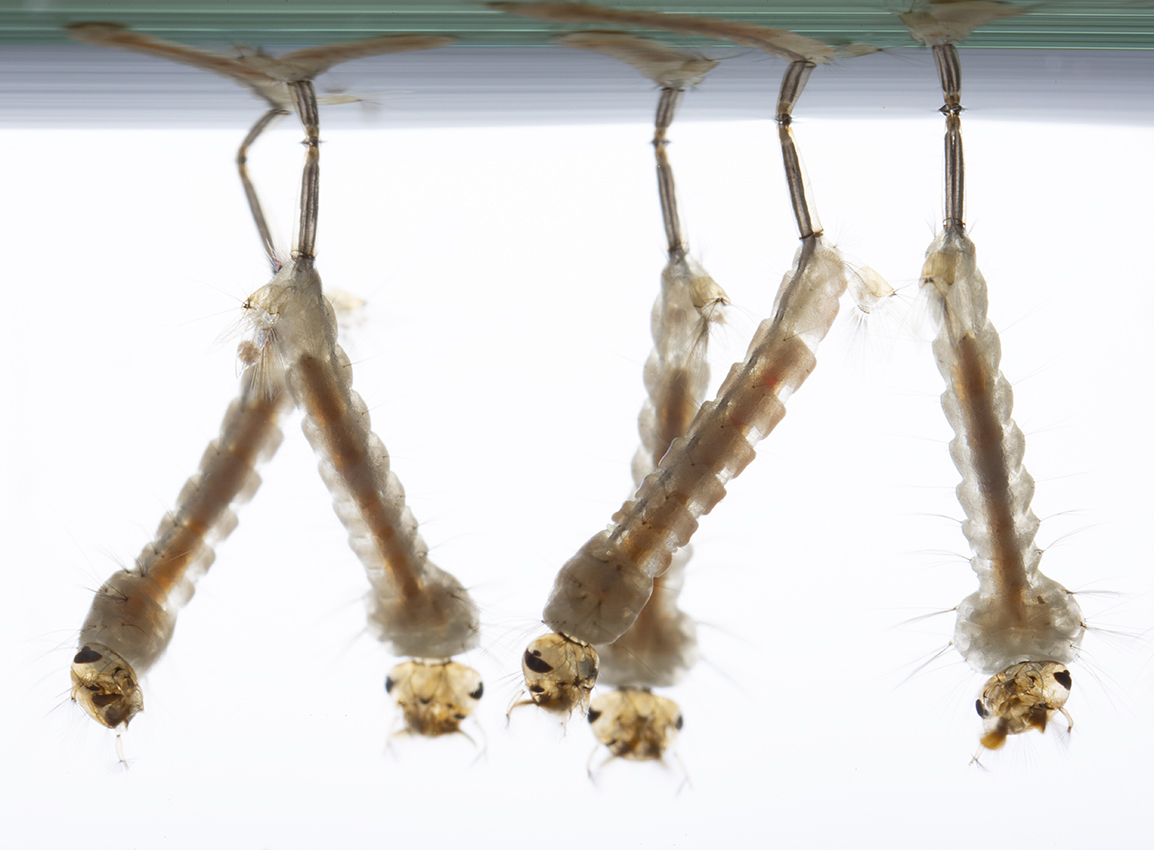 CAES News
CAES News
Mosquito Microbiota
To most people, mosquitoes are a nuisance. To University of Georgia entomologist Michael Strand, learning about their development processes could lead to new approaches in mosquito control.

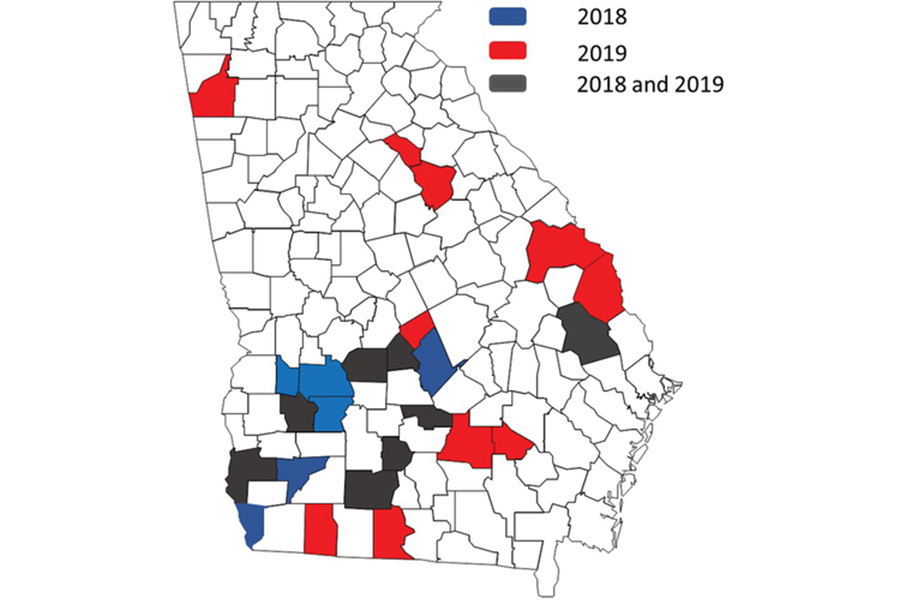
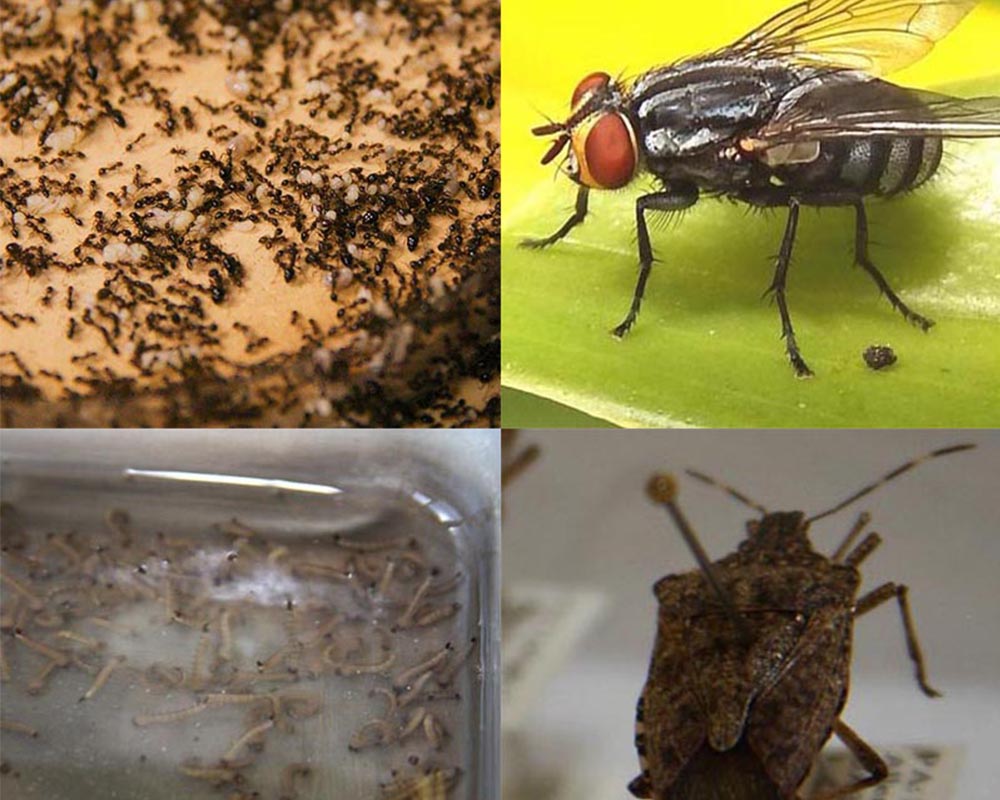

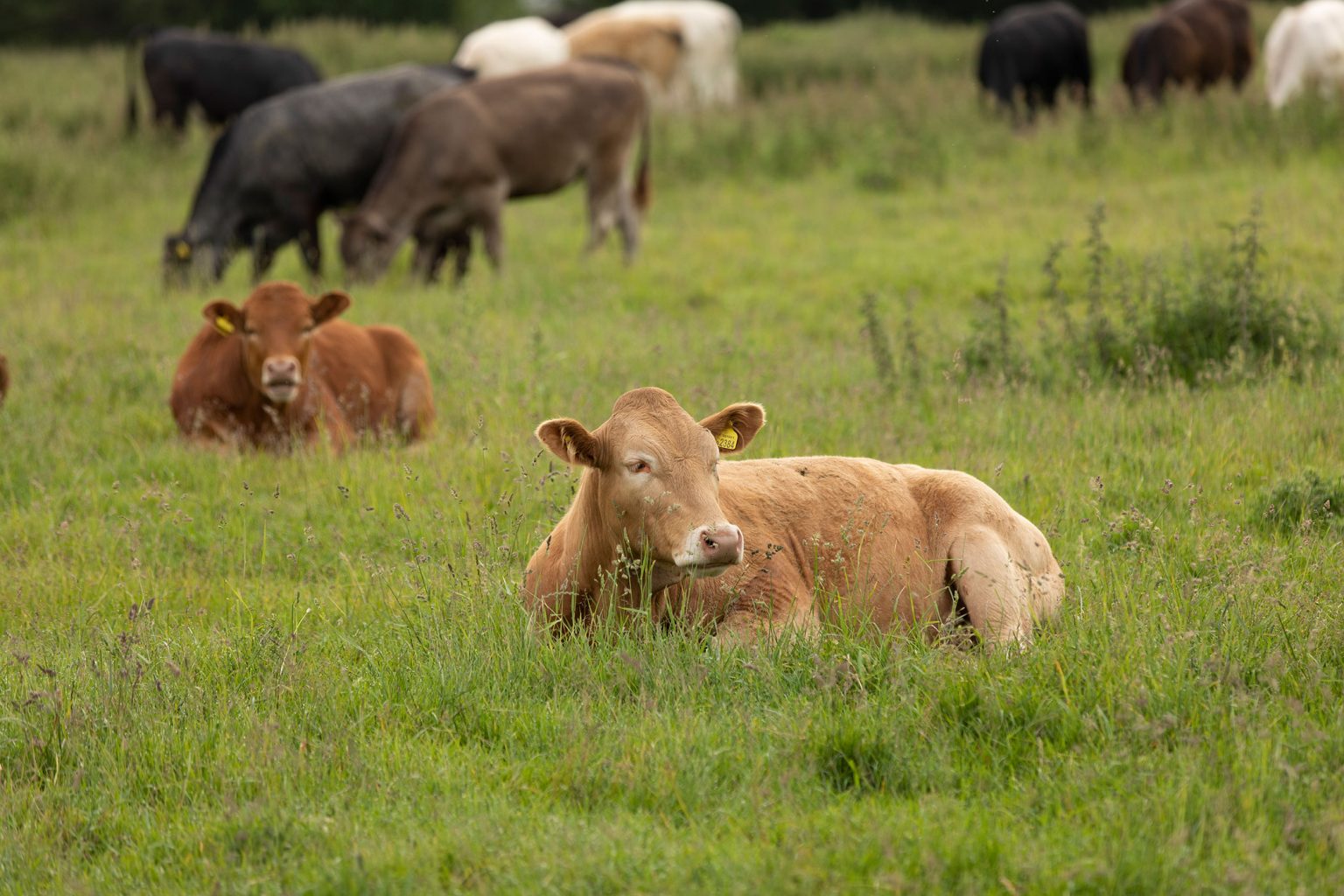
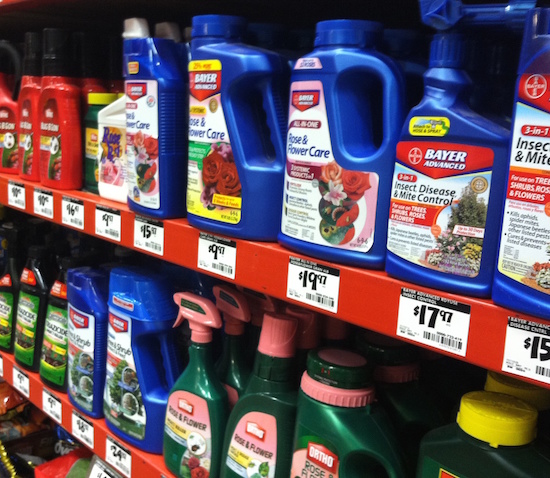
.JPG)
